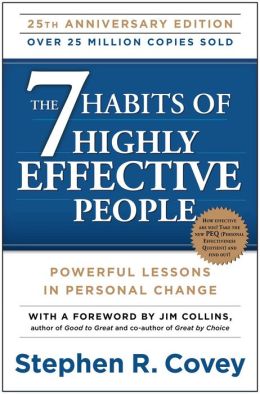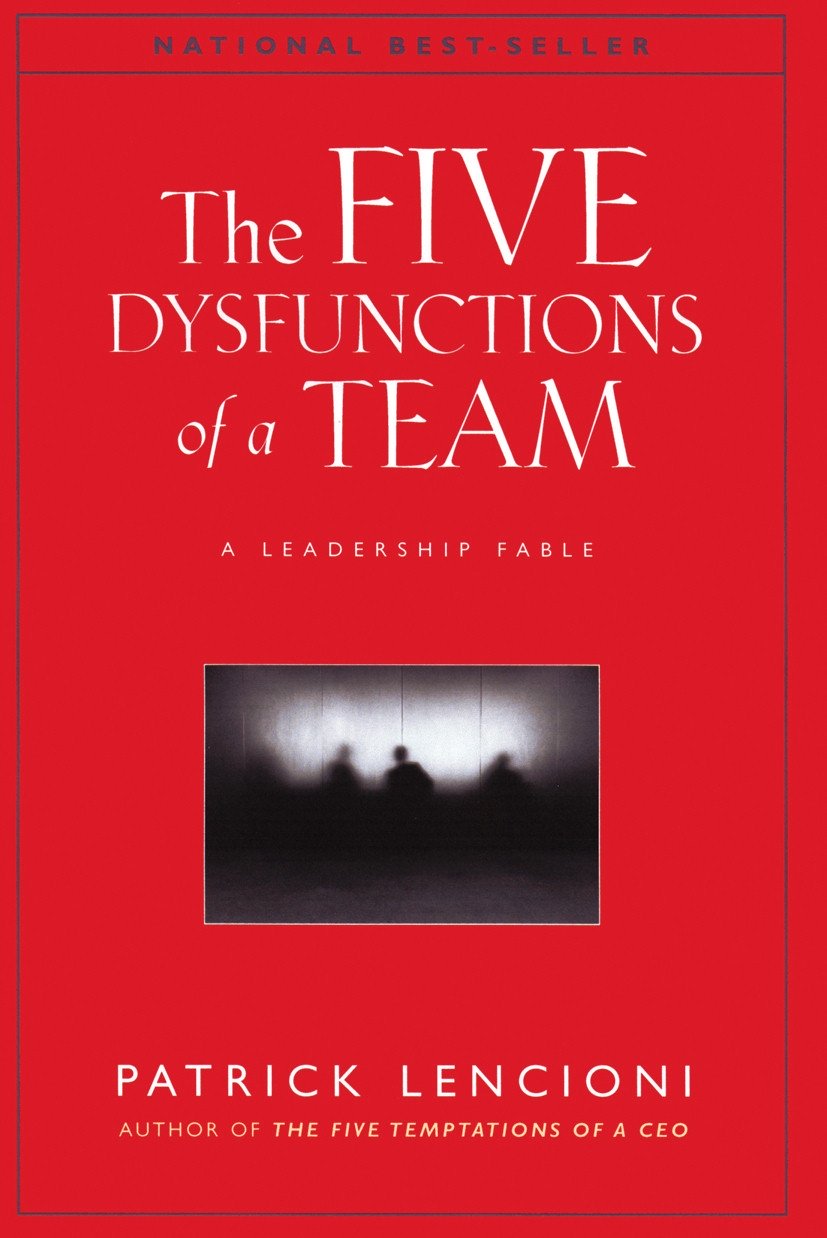Situational Leadership
Situational Leadership theory was developed by Paul Hersey and Kenneth Blanchard. It is a practical leadership model that, when practiced and perfected, can lead to very positive outcomes for the leader and follower.
Have you heard this quote? "The person who is good with a hammer thinks everything's a nail."
It is a version of this quote attributed to Abraham Maslow: "To a man with a hammer, everything looks like a nail."
I love the Situational Leadership Model because it is the perfect framework for delegating tasks successfully. It has served me well during the course of your career.
Because it focuses on determining the best leadership style for the situation and person(s) involved, the leader is encouraged to develop his/her ability to use a variety of styles. Hence, learning to use all the tools in his /her toolkit; thus, avoiding the pitfalls of a “one style fits all” approach.
I was introduced to this model more than twenty years ago.
Of all the leadership theories, it is my favorite. Let me tell you why.
Situational Leadership
Situational Leadership Theory, also known as Contingency Theory, addresses two factors: the style of the leader and the readiness or maturity level of the follower. Readiness/maturity of the follower speaks to the followers willingness and ability to compete a given task.
It is designed to help leaders match their leadership style to the readiness level of the follower in a given/specific situation.
Therefore, the leader can tailor their leadership style based on the follower's readiness to complete a task/project. The leader can approach the follower as an individual and provide the type and level of support needed to complete the task.
The video summarizes and gives an excellent overview of the Situational Leadership Theory.
Leader Behavior
As I mentioned earlier, there are two key players involved in delegating a task, the delegator and the person being delegated to. In this case, the follower.
According to Hersey and Blanchard, leaders engage in four (4) primary behaviors with followers:
- S1 - Telling/Directing
- S2 - Selling/Coaching
- S3 - Participating/Supporting
- S4 - Delegating
Styles S2 and S3 are high relationship, since the leader focuses on explaining decisions and invites the follower to share ideas. S2 or Selling is used when the follower is high will/confidence but low skill.
Styles S1 and S4 tend to be low relationship, but for different reasons. S1 is a "hands on" approach where the follower is closely supervised due to inexperience or lack of skills in completing the task.
Whereas S4 is "hands off" resulting in the follower having full responsibility for completing the task at hand. This follower has both the skill and will to complete the task successfully.
Usually, leaders favor one of these styles more than others, causing them to approach delegating a task/project the same, regardless of the readiness of the follower. But that practice can cause problems, since leader behavior should be adjusted based on the readiness of the follower.
Remember this quote? "The person who is good with a hammer thinks everything's a nail."
Well, the leader who is good in one style, must learn to become skilled in all four(4) styles.
This is the CORE premise of this model.
Follower Readiness
Once a leader understands that becoming proficient in all four(4) styles is keep to their success, s/he will understand why assessing readiness is another critical part of the equation.
Readiness is based on your assessment of the follower’s ability and willingness to complete a given task.
Also known as “skill and will,” these attributes vary (from low to high) depending upon the task to be completed. The leader must assess the follower’s readiness level to determine which style will be most effective to achieve the desired outcome in the given situation.
Engaging in conversation by asking open-ended questions will help you gauge a follower's readiness for the task.
Yes, it requires time on the front end (and before assigning a task). But including this step in process when delegating can pay great dividends in the long run.
In addition, it helps to build a good working relationship and can be used to shape the follower’s individual development plan. Plus, it is a great way to get buy-in from your direct reports because it confirms that you are interested in their success.
Are you familiar with the SWOT Analysis? It is a great tool to use when completing a readiness assessment when delegating to a specific team member.
Summary
Unfortunately, some supervisors do not take the time to understand and leverage the potential in this model; too many are fighting “fires” and managing the present.
Does that sound familiar?
Is it possible that learning and practicing the principles of this Model can actually SAVE time?
Those who harness the power in the Situational Leadership Model will experience positive outcomes, for themselves and those they lead.
For more information on ways to harness the power of this model, please contact Coach Gwen.
Improve Your Relationship with Your Boss
Are you looking to improve your relationship with your boss? If so, the Boss Relationship Worksheet will help you better understand and communicate more effectively with your immediate supervisor.
To download your copy, submit your information on the form below.
After completing the Boss Relationship Worksheet, you will find that the following will prove helpful in showing you how to cultivate a better working relationship with your boss:
 |
I published my first book and I am beyond excited.
Get your FREE copy of Called to Lead!
ORDER PRINT HERE
Leaders don't
create
followers.
Leaders
create
other
leaders.
- Tom Peters















